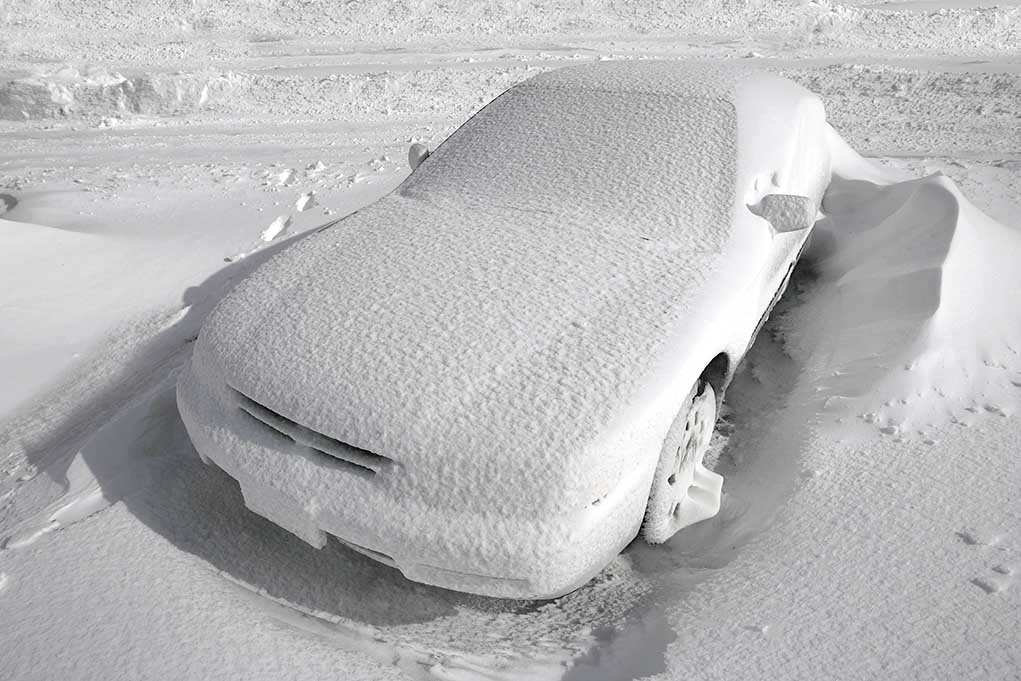
The polar vortex’s intensifying force threatens to unleash extreme winter conditions across the northern U.S., signaling frigid days ahead.
At a Glance
- Significant winter weather predicted for January
- Polar vortex movements may bring abrupt and severe storms
- Expect large-scale pressure changes influencing weather patterns
- NWS advises preparedness for colder temperatures
Polar Vortex’s Retreat from the Warm December
December, uncommonly warm for the northern U.S., saw record-low snow coverage. Residents luxuriated in the mild temperatures, a stark contrast to what early January threatens to bring. Meteorologists predict the polar vortex will send an Arctic blast, transforming the weather narrative drastically. Following New Year’s Day, North Dakota may see frigid low temperatures of 8°F and wind chills plummeting to -14°F. This impending cold front calls for vigilance as temperatures begin a steep decline.
A proper winter period is forecast to arrive with heavy snow, particularly affecting the Great Lakes and northeastern parts. Areas like Minnesota and Montana will barely escape this cold front, with temperatures predicted to hover in the teens and twenties. This impending chill follows an anomaly of warmth, as a high-pressure anomaly had previously raised temperatures in the eastern U.S. and southeastern Canada during December’s final week.
Understanding the Polar Vortex
The polar vortex is a band of winds intensifying in winter, and it’s currently positioned to push Arctic air southward. Meteorologists emphasize that the polar vortex’s stratospheric and tropospheric parts play vital but different roles. Furthermore, forecasts suggest that pressure changes over North America will influence emerging weather patterns, enabling significant snowfall across potentially disrupted regions. The phenomenon can lead to colder temperatures and stormy conditions over vast areas.
January 2025 heralds the arrival of an unusually cold period for the U.S., billed as the “Polar Express”. Marked with widespread snowfall, especially in the northern and eastern U.S., this transformation could alarm regions accustomed to less severe winters. Cold masses will engulf most of North America, creating travel disruptions and potential school closures. Meteorologists, like Ben Noll, warn of “seriously cold and possibly snowy weather” as a lobe of the polar vortex approaches.
A lobe of the polar vortex threatens to bring some seriously cold and possibly snowy weather to the United States during the week of January 6th.
Frigid air will overtake just about the entire country.
Watch: pic.twitter.com/VktrleZOlJ
— Ben Noll (@BenNollWeather) December 29, 2024
Potential Impacts and Precautions
The National Weather Service (NWS) underscores the importance of preparedness as the polar vortex’s winds, predicted to intensify through January, could plunge large portions of the U.S. into a chilling freeze. A persistent low-pressure area across eastern U.S. is expected to pull Arctic air south, maintaining cold conditions deep into January. Predictions of significant snowfall and prolonged cold stress the need for caution, though the NWS reassures it’s more preventive than alarming at this point.
The weather rollercoaster continues its plunge into a “snowmageddon” for the eastern U.S., as pronounced by meteorologists. The harsh conditions spotlight the importance of being equipped for severe weather, especially in regions unfamiliar with such Arctic climes. As January progresses, vigilant citizens keeping close tabs on local forecasts might mitigate potential disruptions. Prepare yourself, as this winter saga plays out amidst a backdrop of nature’s unyielding power.











